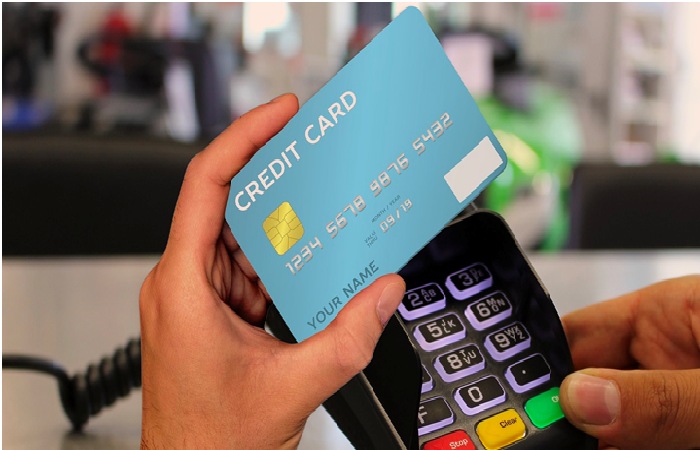According to Weave research, almost 30% of small company consumers cannot complete a transaction because “their mode of payment was not authorized.” Many small business owners are concerned about the high costs of credit card processing for high risk companies when taking credit cards.
It’s important to compare your alternatives before deciding on a merchant services provider since monthly fees may add up quickly. Over 1,000 credit card processors exist, and the question remains how you can determine which one is ideal for your company?
Table of Contents
Credit Card Processing For High-risk Companies: What Is It?
A merchant is a company owner who wishes to take payments through a credit card, debit card, or mobile device. Merchant service providers, also known as acquiring service providers or credit card processors, provide a service that allows your firm to accept credit card payments.
You can see all of your transactions, fees, and chargebacks on a single dashboard provided by merchant service providers. Equipment like card terminals and mobile readers are often available for purchase or leasing by businesses.
For a firm to take credit cards, it must access credit card processing services and equipment. For example, POS (point of sale) and customer relationship management (CRM) systems may be integrated with merchant services.
Although accepting a credit card payment only takes a few seconds, a complex (but quick) authorization and verification procedure occur in the background. Various security mechanisms protect the credit card network and the credit card issuing bank.
Best Credit Cards: How Do You Decide?
Customers expected their providers to be PCI-compliant and support all common payment cards to use their services. In addition, 24-hour customer assistance was a must-have for service providers dealing with high-volume clients. It’s not simply one more service that company owners need. It’s essential to look for processors to sync your CMS, bookkeeping, and point-of-sale systems. Consider the entire cost of subscriptions and transaction fees and the advantages of additional services or software alternatives, such as inventory management software, while narrowing your selection of possibilities.

How Much Do Credit Card Processing Fees Cost?
It is the exchange rate that is the most often encountered expense. In addition to monthly subscriptions, merchant credit systems charge various per-transaction fees. Visa and other credit cards impose this cost, and it’s passed on to you as a result.
Interchange-plus pricing is the norm for most processors. The processor receives a portion of your sale and charges a rate for every payment as part of this cost. Generally speaking, prices fall into the following categories:
- $0 to $599 per month in monthly costs
- Transaction costs range from 0% to 3.5 % every transaction.
- $0.05 to $0.30 each transaction: flat-rate fees
How High-Risk companies’ services are different from traditional ones
It’s upsetting to have your firm classified as “high-risk.” While certain sorts of businesses (adult entertainment, gambling, bankruptcy law companies, etc.) almost always acquire the classification, it is also possible to have low personal credit or high average ticket sales to get the designation. To learn more about what kinds of businesses are classified as high-risk, check out our post on operating a high-risk enterprise.
Don’t freak out if a credit card processor rejects your application because it deems you a high-risk merchant. Some processors will work with you even if the industry’s biggest brands don’t approve of you. You’ll be saddled with a large contract, an early withdrawal charge, and increased processing and account costs. You may also need to establish a rolling reserve. There are several examples of successful high-risk enterprises, so don’t be discouraged.
How To Pick A Trustworthy High-Risk Payment Processor?
1. Inquire about The Processor’s Acceptable Business Types
However, “high-risk expert” does not always imply that the processor works with all high-risk companies. Some high-risk providers, for example, accept cannabis merchants, while others do not.
2. Load balancing is an important feature in a processor
Your transactions may be distributed across multiple merchant accounts linked to a single payment processor via load-balancing. You’ll be able to process more per month and lower your chargeback risk.
3. Carefully Read Your Contract
The rates and fees for high-risk merchant accounts aren’t listed online since they might change based on the merchant account. Because of this, pay attention to the rates and fees you’ll be charged, and make sure you fully understand them. A month-to-month contract or interchange-plus pricing is unlikely, but you may always inquire.
In Short
For high-risk companies, some credit cards for those with poor credit are better than others. With negative credit, it’s still feasible to open an account, which is a smart first step in improving your financial habits. Personal financial history and ambitions will play a role in determining which credit card is best for you.
